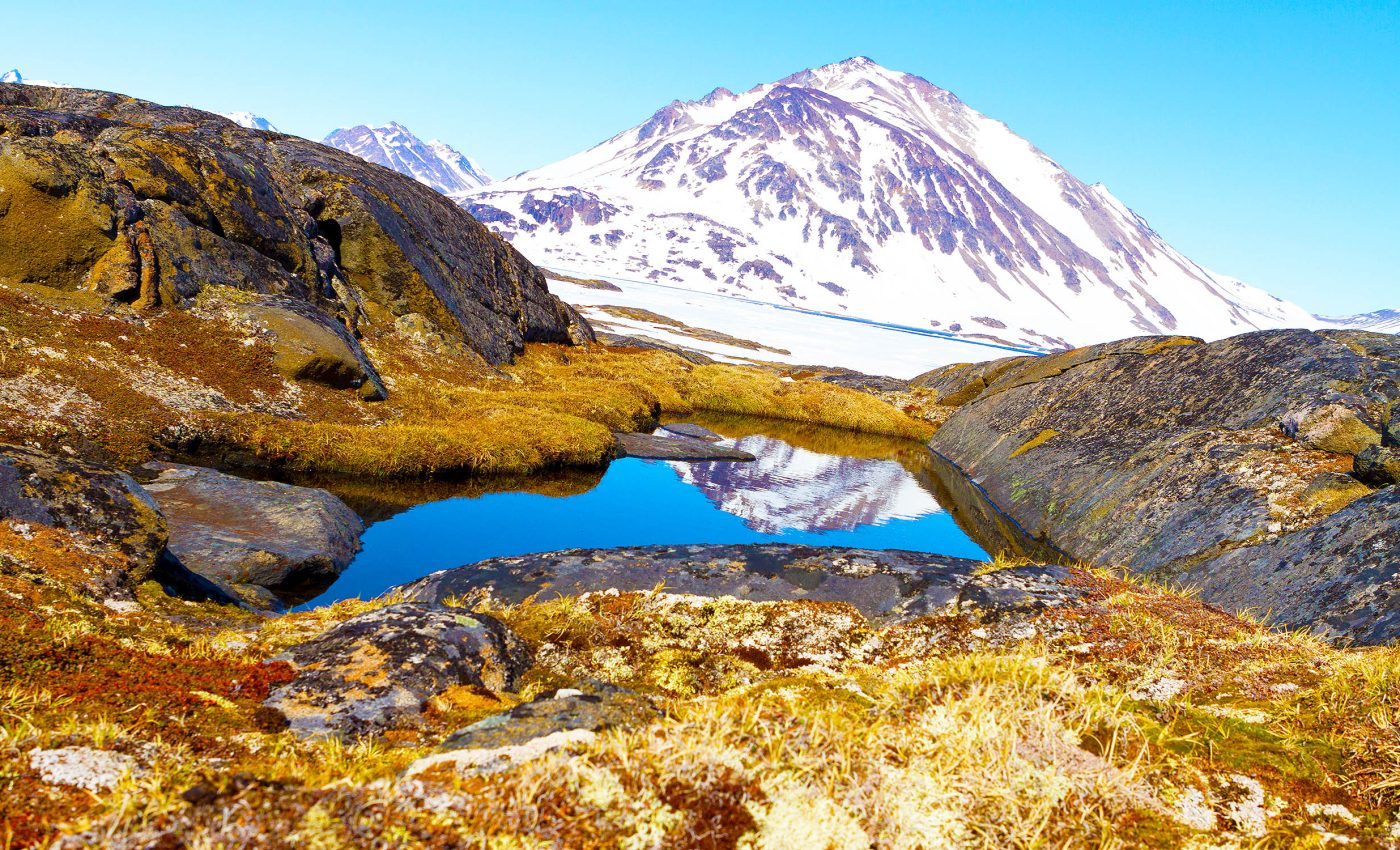
Increased risk of sea-level catastrophe confirmed by Greenland fossils
A disturbing new study has provided direct evidence that the center of Greenland’s ice sheet, not just its edges, melted away in the recent geological past. The melt, and resulting sea-level rise, revealed a once-green tundra landscape across Greenland.
This discovery is particularly concerning, as it suggests the ice sheet is more vulnerable to melting than previously thought.
Scientists uncovered this evidence by re-examining a small section of sediment from a two-mile-deep ice core, known as GISP2, which was extracted from the center of Greenland in 1993 and stored in a Colorado facility for 30 years. The sediment contained pristine soil with willow wood, insect parts, fungi, and a poppy seed.
Greenland’s ice melted recently
“These fossils are beautiful,” said Paul Bierman, a scientist at the University of Vermont (UVM), who co-led the study with UVM graduate student Halley Mastro and nine other researchers.
“But, yes, we go from bad to worse,” he added, referring to the implications of human-caused climate change on the melting of Greenland’s ice sheet.
The study, published in the Proceedings of the National Academy of Sciences, confirms that Greenland’s ice melted during a warm period likely within the last million years. This suggests that the ice sheet is not as stable as once thought.
If the ice at the center of Greenland melted, then the majority of the island’s ice must have also melted, possibly for thousands of years – long enough for soil formation and the development of an ecosystem.
“This new study confirms and extends that a lot of sea-level rise occurred at a time when causes of warming were not especially extreme,” said Richard Alley, a climate scientist at Pennsylvania State University who reviewed the research, emphasizing the study’s warning about the potential damages from continued climate warming.
Greenland and sea-level rise
Currently, sea levels are rising more than an inch per decade, with the pace accelerating. Bierman warned that if greenhouse gas emissions are not drastically reduced, the near-total melting of Greenland’s ice sheet over the next few centuries could result in approximately 23 feet of sea level rise.

“Look at Boston, New York, Miami, Mumbai or pick your coastal city around the world, and add twenty plus feet of sea level,” Bierman cautioned. “It goes underwater. Don’t buy a beach house.”
Evidence of ice sheet instability
In 2016, Joerg Schaefer and colleagues from Columbia University analyzed rock from the bottom of the GISP2 core, proposing that Greenland’s ice sheet could be less than 1.1 million years old and that significant ice-free periods occurred during the Pleistocene epoch.
The controversial study suggested that if the ice had melted at the GISP2 site, 90% of Greenland’s ice would have also melted. This challenged the long-held belief that Greenland’s ice sheet has been a stable “fortress of ice” for millions of years.
Further supporting this, in 2019, Bierman and an international team re-examined another ice core extracted from Camp Century near Greenland’s coast in the 1960s.
They found twigs, seeds, and insect parts, indicating that the ice had melted within the last 416,000 years, demonstrating that the ice sheet’s stability had failed more recently than previously thought.
An ice-free Greenland
These findings prompted Bierman and his colleagues to investigate the bottom of the GISP2 core further. With the support of the U.S. National Science Foundation, they obtained a sample from the National Science Foundation Ice Core Facility in Lakewood, Colorado.
The new study confirms that during a warm period, Greenland was not only ice-free but also supported a tundra ecosystem, potentially with stunted trees.
“We now have direct evidence that not only was the ice gone, but that plants and insects were living there,” Bierman said. “And that’s unassailable. You don’t have to rely on calculations or models.”
The discovery of intact biological material, such as the bud scale of a young willow and the compound eye of an insect, was made by geoscientist Andrew Christ, who worked on the project during his PhD at UVM.
Halley Mastro continued the research, identifying various macrofossils, including spores from spikemoss and a seed from an Arctic poppy. “It was amazing,” Mastro said. “It lets us know that Greenland’s ice melted and there was soil, because poppies don’t grow on top of miles of ice.”
This research underscores the fragility of Greenland’s ice sheet and the significant implications of climate change, highlighting the urgency of addressing global warming to prevent catastrophic sea level rise and the loss of coastal habitats.
—–
Like what you read? Subscribe to our newsletter for engaging articles, exclusive content, and the latest updates.
Check us out on EarthSnap, a free app brought to you by Eric Ralls and Earth.com.
—–













